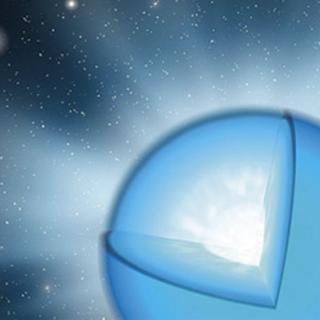Bibcode
Schneider, F. R. N.; Sana, H.; Evans, C. J.; Bestenlehner, J. M.; Castro, N.; Fossati, L.; Gräfener, G.; Langer, N.; Ramírez-Agudelo, O. H.; Sabín-Sanjulián, C.; Simón-Díaz, S.; Tramper, F.; Crowther, P. A.; de Koter, A.; de Mink, S. E.; Dufton, P. L.; Garcia, M.; Gieles, M.; Hénault-Brunet, V.; Herrero, A.; Izzard, R. G.; Kalari, V.; Lennon, D. J.; Maíz Apellániz, J.; Markova, N.; Najarro, F.; Podsiadlowski, Ph.; Puls, J.; Taylor, W. D.; van Loon, J. Th.; Vink, J. S.; Norman, C.
Referencia bibliográfica
Science, Volume 359, Issue 6371, pp. 69-71 (2018).
Fecha de publicación:
1
2018
Revista
Número de citas
225
Número de citas referidas
203
Descripción
The 30 Doradus star-forming region in the Large Magellanic Cloud is a
nearby analog of large star-formation events in the distant universe. We
determined the recent formation history and the initial mass function
(IMF) of massive stars in 30 Doradus on the basis of spectroscopic
observations of 247 stars more massive than 15 solar masses (M☉).
The main episode of massive star formation began about 8 million years
(My) ago, and the star-formation rate seems to have declined in the last
1 My. The IMF is densely sampled up to 200 M☉ and contains 32
± 12% more stars above 30 M☉ than predicted by a standard
Salpeter IMF. In the mass range of 15 to 200 M☉, the IMF power-law
exponent is 1.90‑0.26+0.37, shallower than the Salpeter value of
2.35.
Proyectos relacionados

Propiedades Físicas y Evolución de Estrellas Masivas
Las estrellas masivas son objetos claves para la Astrofísica. Estas estrellas nacen con más de 8 masas solares, lo que las condena a morir como Supernovas. Durante su rápida evolución liberan, a través de fuertes vientos estelares, gran cantidad de material procesado en su núcleo y, en determinadas fases evolutivas, emiten gran cantidad de
Sergio
Simón Díaz